Vampires, blood-thirsty creatures that have preyed on the living for centuries. Almost 120 years ago Bram Stoker’s Dracula painted us a picture of how terrifying, yet seductive, these supernatural beasts can be. As time moved forward, various artists: writers, actors, directors, continue to create images of the vampire. Thanks to popular media: books, movies, and TV programs such as Buffy The Vampire Slayer, Interview with the Vampire: The Vampire Chronicles, Only Lovers Left Alive, Twilight, and True Blood, the deadly beautiful creature known as the vampire continues to capture the attention of audiences of many ages.
The Sexy Supernatural
Zombies, ghost, and even witches on some occasions are depicted as ugly, and deformed creatures, with rotting flesh, missing limbs, unnatural skin, but not the vampire. Of course in most depictions the vampire looks paler than the average human, but other than that, you normally wouldn’t suspect they’re different. They stand out in looks though, appearing more beautiful than the average human being. This gives him or her the advantage, making it easier to lure his/her fictional victim in first, followed by his real, live audience: listeners, viewers, and readers.
In his article Fearless Vampire Kissers: Bloodsuckers We Love in Twilight, True Blood, and Others, Bernard Beck talked about the sexual elements of the vampire that started being presented explicitly in the 1950s and the 1960s. The vampire’s attractiveness and mysterious sensuality made it that easier for him to get the girl. He is not only “a mortal threat to their lives, he was also an irresistible stimulus to their passions.” This is a common theme in most modern day vampire programs because their seems to always be at least on male vampire who manages to sexually attract a curious human female.
One reason this is possible is the actors and actresses who play them are found to be attractive to other people. Probably one of most well-known performances was by Bela Lugosi, in the 1931 film, Dracula. As the years progressed more actors would add glamour and elegance to the vampire image in their own depictions. I remember seeing a trailer a while back on YouTube for a vampire movie from 1983 called The Hunger. The movie starred David Bowie, Catherine Deneuve, and Susan Sarandon a cast of actors who at the time were considered beautiful, sensual, elegant, and sexy in their own degree, allowing the seductiveness of their characters to stand out.
In later media featuring the creature such as the popular HBO series True Blood, and the CW series Vampire Diaries actors such as Alexander Skarsgard, Ian Somerhalder, Paul Wesley, and Nina Dobrev would hypnotize us with their attractive features: their muscles, beautiful eyes, and overall fit forms. Even if these are features that the actor or actress already had to begin with, it shows that the one of the first things we are meant to notice about the vampires is their physical beauty.
Stephanie Meyer’s popular book turned movie series Twilight, took the image of the vampire to a new level though. Rather than catching fire and turning into a pile of ashes like the vampires of Dracula or Buffy the Vampire Slayer, the vampires of Twilight shined like diamonds in the light. Thus making them more attractive to the human eyes. As long writers and directors continue to make create a sexually and physically attractive image for the vampire, people will continue to allow themselves to be hypnotized by the vampire.
The Gender Role in Vampires
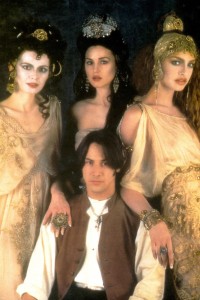 When Dracula was published in 1897, it created an image of the male vampire, and his victim was always a woman who met the standards of Victorian beauty. The count himself was the only male vampire depicted in this literature and adaption. In her 2010 research article, Sins of the flesh: anorexia, eroticism and the female vampire in Bram Stoker’s Dracula, Emma Domı´nguez-Rue´ explains that most Victorian women indulged in food whenever possible; these were the women who were believed to have a large sexual appetite, and when the three vampire sisters fed on Harker he noticed these qualities right of the back, and it drew him in.
When Dracula was published in 1897, it created an image of the male vampire, and his victim was always a woman who met the standards of Victorian beauty. The count himself was the only male vampire depicted in this literature and adaption. In her 2010 research article, Sins of the flesh: anorexia, eroticism and the female vampire in Bram Stoker’s Dracula, Emma Domı´nguez-Rue´ explains that most Victorian women indulged in food whenever possible; these were the women who were believed to have a large sexual appetite, and when the three vampire sisters fed on Harker he noticed these qualities right of the back, and it drew him in.
Contrary to Bram Stoker’s depiction of the female vampire, many recreated versions of the female vampire are depicted as thin, busty, and curvy. There are also some cases where the female vampire is seducing a male victim and attempts to seduce him so she can turn him and use him for her own desires. This has been seen in Buffy The Vampire Slayer with Buffy’s vampire lovers Angel and Spike; Angel was sired by Darla and Spike was sired by Angel’s creation, Drusilla. A similar thing happened in True Blood when we discover that protagonist Bill Compton was turned into a vampire during the civil war by a vampire woman named Lorena.
There are still male vampires who seduce and lure women, such as in Twilight and Vampire Diaries, but it can be seen in media that the female vampire has been given a stronger and more seductive personality to make them appear just as dangerous as the male vampire.
The Vampire-Curious Female
 Bella Swan from Twilight and Sookie Stackhouse from True Blood are both characters that interest and curiosity in the vampire. Of course unlike Bella who had to figure out exactly what Edward was for herself, Sookie already knew that Bill was a vampire when she first encountered him. Both of these women entered similar situations though as they became so fascinated by the vampire concept that they took time to learn about the vampire men and eventually fell in love with them.
Bella Swan from Twilight and Sookie Stackhouse from True Blood are both characters that interest and curiosity in the vampire. Of course unlike Bella who had to figure out exactly what Edward was for herself, Sookie already knew that Bill was a vampire when she first encountered him. Both of these women entered similar situations though as they became so fascinated by the vampire concept that they took time to learn about the vampire men and eventually fell in love with them.
Bella and Sookie are generally naïve heroines in the beginning though, and learn how to mature when being with a vampire starts leading to dangerous and even life-threatening events.
Buffy is different from both these heroines in that way because she had to learn how to toughen up when she discovered she was the slayer and that her destiny was to fight the demons that walked the earth. This gave her some time to mature a little more than Sookie and Bella before she met her first vampire lover, and she was younger than both the other heroines by the time she met Angel.
The danger and romance elements that are present in these situations creates a genre that seems to draw in the female viewer at the very least. It can create this sense of envy, making us wish we could be as strong as the young heroine and brave dangers while still keeping our deep and attractive vampire companion/lover.
Why We Hold Onto Them
Despite all the violence that tends to occur in vampire novels, TV shows, and movies, we are still drawn into them. Of course we are able to understand that since these are fictional creatures and events. So things like a war between vampires and werewolves or a form of hepatitis that affects vampires when they drink from infected humans, are going not going to occur any time in the future.
As Linda Heidenreich pointed out in her article Vampires Among Us, the current condition of our culture inspires fear in the people and that is what has caused the up rise of the vampire media. Perhaps one of the reasons why we find ourselves attracted to them is to escape the dangers that are currently occurring in our country and our world that are caused by factors such as terrorism, LGBT rights, political disclosures, and the rise in immigrant population. The vampires are unwelcomed and unwanted aliens that attempt to and sometimes succeed in crossing our borders, much like the unwanted people that we tend to fear mainly because they are different from ourselves; to us the vampire is the monster, like they are.
While I see this as holding some truth because we tend to fear the unknown, I also think the vampire also draws us in because we know that they are fictional and by comparing them to those that we fear, we are in a sense able to make ourselves believe the monsters aren’t real. Yet there is still also the sense of beauty and glamour about their attitudes and appearances that draws us in. With all of these factors combined and put into a tangible and viewable media, we will continue to be seduced and captivated by the cruelly elegant and beautiful monster that we know as the vampire.
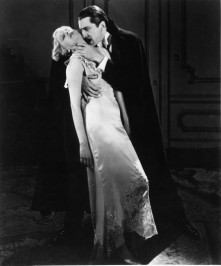
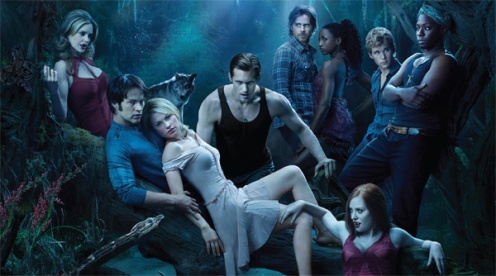
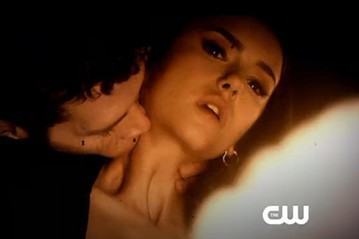
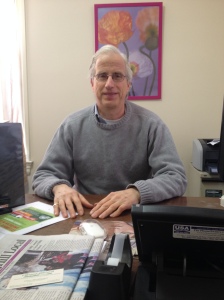


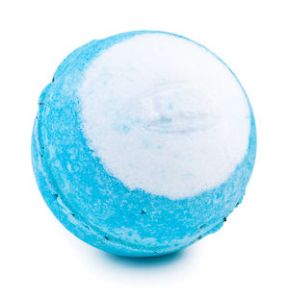
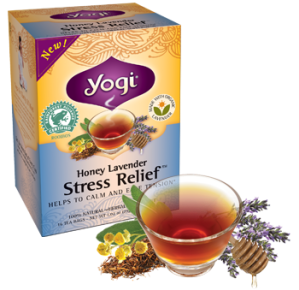


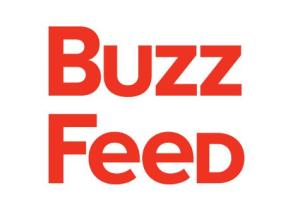


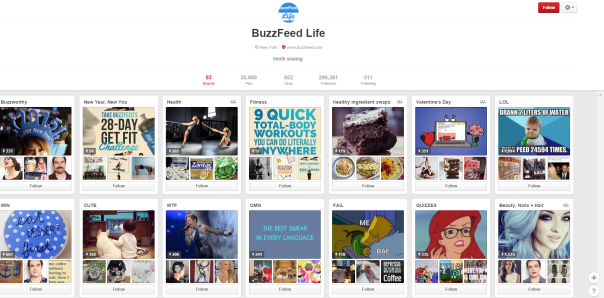
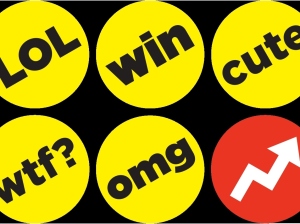 In terms of interactivity, originality, and attention-grabbing, I feel that BuzzFeed is a site that would pass a test in all three of these areas. It is these aspects of the site that make me enjoy it so much and is why I could not exist on the planet without it.
In terms of interactivity, originality, and attention-grabbing, I feel that BuzzFeed is a site that would pass a test in all three of these areas. It is these aspects of the site that make me enjoy it so much and is why I could not exist on the planet without it.